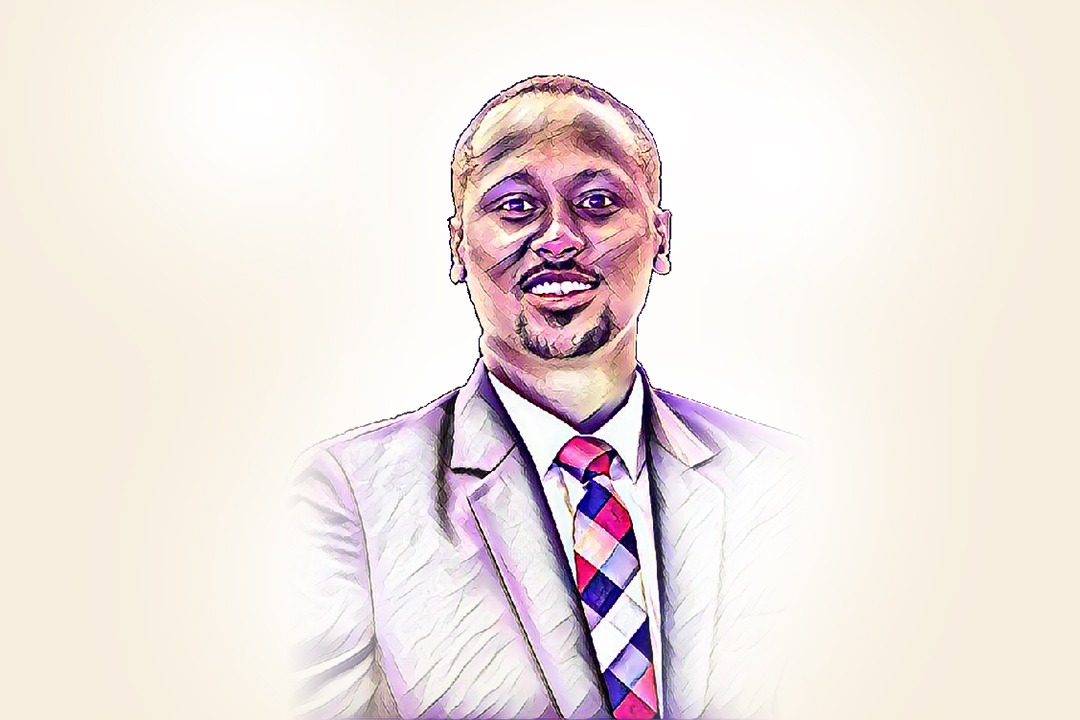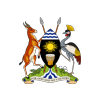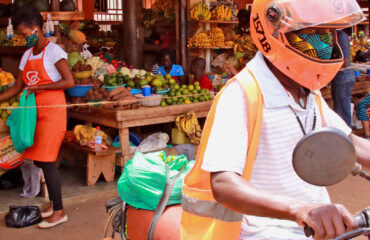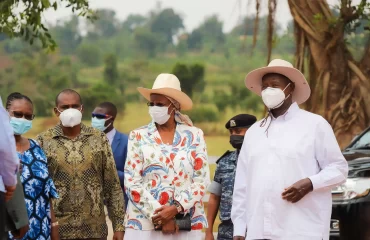
On January 26, 2025, Uganda marks 39 years since the National Resistance Army (NRA), under the leadership of President Yoweri Kaguta Museveni, successfully toppled the military regime of Tito Okello, ushering in a new chapter in the nation’s history. Known as Liberation Day, this occasion serves as a moment to reflect on Uganda’s journey, celebrate the milestones achieved, acknowledge the challenges faced, and envision the future. It is also a time to honour the courage and sacrifice of the young men and women who laid down their lives to secure the peace and prosperity the nation has enjoyed for nearly four decades.
A Turning Point in Uganda’s History
The events of January 26, 1986, were pivotal. They ended years of political instability, human rights abuses, and economic decline under successive regimes, including Idi Amin and Milton Obote. At the time, Uganda was a country marred by violence, a struggling economy, and a deeply fragmented society. The NRA’s victory was not just a military triumph but a symbol of hope and a promise of transformation.
Political Stability and Governance
Since 1986, Uganda has made significant strides in establishing political stability. The 1995 Constitution introduced democratic principles, including regular elections, a multi-party system, and the decentralisation of governance concepts that had not been seen in Uganda since its establishment. While debates about political reforms and term limits persist, the relative peace and continuity of leadership over the years have provided a foundation for national development.
Regardless of the challenges Uganda is facing now, its stability stands in stark contrast to the turmoil experienced in the late 1970s and early 1980s, and this is largely, if not solely, due to the long, harsh nights and days these young patriots endured.
Economic Growth and Infrastructure Development
GDP growth, which averaged 1% in the 1980s, surged to 8.27% by 1988 and remained robust in the 1990s, peaking at 11.52% in 1995. The 2000s saw sustained progress, with growth reaching 10.78% in 2006.
In the 2010s, growth stabilised between 3% and 6%, with highlights like 9.39% in 2011. Despite a slowdown to 2.95% in 2020 due to the COVID-19 pandemic, recovery followed, with growth reaching 4.59% in 2022. Projections for 2024 and 2025 show renewed momentum at 5.88% and 7.45%, respectively, driven by sectors like agriculture, tourism, and oil and gas.
Infrastructure has played a key role in this progress. Projects such as the Entebbe Expressway and the Rural Electrification Programmes have boosted connectivity. The East African Crude Oil Pipeline (EACOP) promises further economic expansion, highlighting Uganda’s resilience and commitment to sustainable development. The move from the “conclave economy” concept to building an independent, integrated and self-sustaining economy has put Uganda on the path to middle-income status.
Social Transformation
Liberation brought about significant social changes, particularly in the Education and Health sectors. The introduction of Universal Primary Education (UPE) and Universal Secondary Education (USE) has increased school enrolment rates dramatically. For instance, primary school enrolment rose from 2.5 million in 1986 to over 8 million by 2023.
In healthcare, initiatives such as immunisation campaigns and the fight against HIV/AIDS have saved millions of lives. The prevalence of HIV, which was over 18% in the early 1990s, has been reduced to below 6% today. Investments in maternal and child health have also led to lower mortality rates, and subsequently, the life expectancy has gone up to 64 years.
Security and Regional Influence
Uganda’s liberation brought about a focus on security, not only within its borders but across the region. The country’s armed forces have played key roles in peacekeeping missions, particularly in Somalia under the African Union Mission in Somalia (AMISOM). Domestically, the defeat of insurgencies such as the Lord’s Resistance Army (LRA) has allowed communities in Northern Uganda to rebuild after decades of suffering. The UPDF has become a people-centered army. On top of protecting the borders, they have been generous enough to play a critical role in infrastructure development. The role of the UPDF engineering brigade has been tremendous, building key infrastructures like hospitals and bridges in record time at a low cost and beyond the expectations of even the big engineering firms.
Challenges and the Way Forward
While Uganda’s progress since 1986 is undeniable, the journey has not been without setbacks. Youth unemployment remains a pressing issue, with over 70% of the population under the age of 30 years struggling to find sustainable employment. However, I believe that with the Presidential Initiatives on skilling the youth will solve the issue of unemployment. This is in addition to projects like PDM, Emyooga among others through which the government is funding people to start up economic activities and alleviate themselves from poverty. Additionally, climate change poses a threat to agriculture, which remains the backbone of the economy.
Furthermore, governance issues, including corruption, continue to hinder Uganda’s full potential. Addressing these challenges requires a commitment to reforms, investment in innovation, and an inclusive approach to development, which the NRM government is trying to do, and the UPDF has had its name in trying to find sustainable solutions to these challenges.
As Uganda celebrates Liberation Day 2025, it is clear that the nation has come a long way since 1986. From a period of despair and chaos, Uganda has emerged as a beacon of resilience and progress in the region. However, the journey is far from over. By building on its achievements and addressing its shortcomings, Uganda can ensure that the promise of liberation—“a better life for all”—becomes a reality for generations to come.
Happy Liberation Day, Motherland.
By: Gerald Kansiime Kagyenzi



